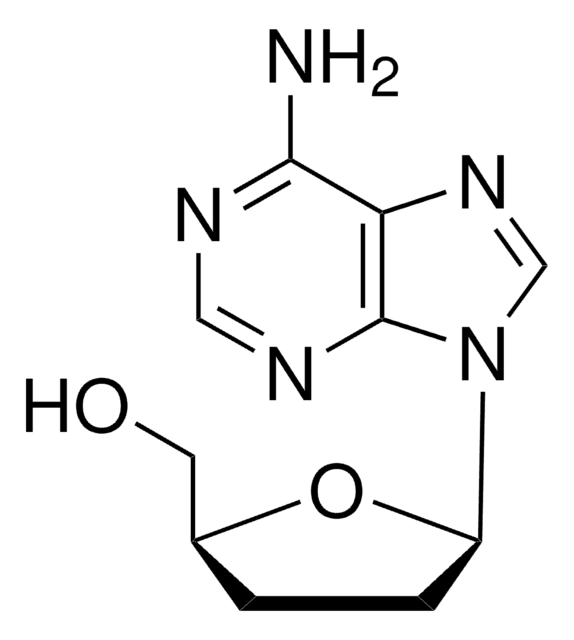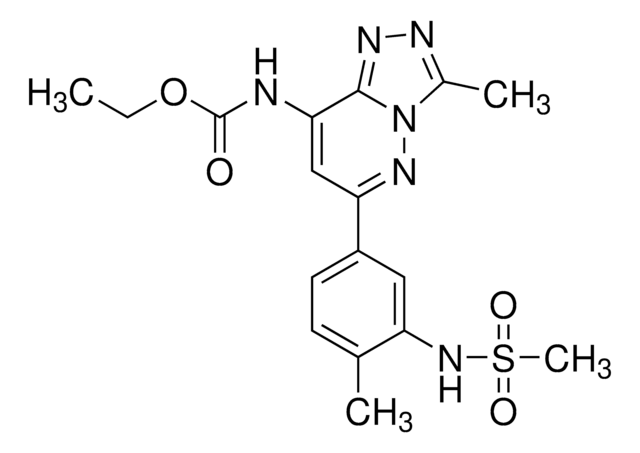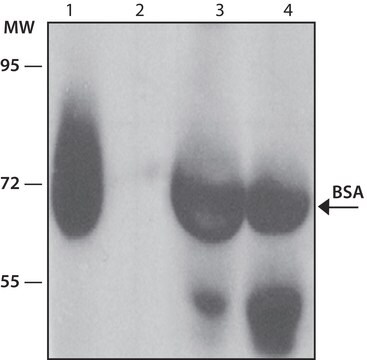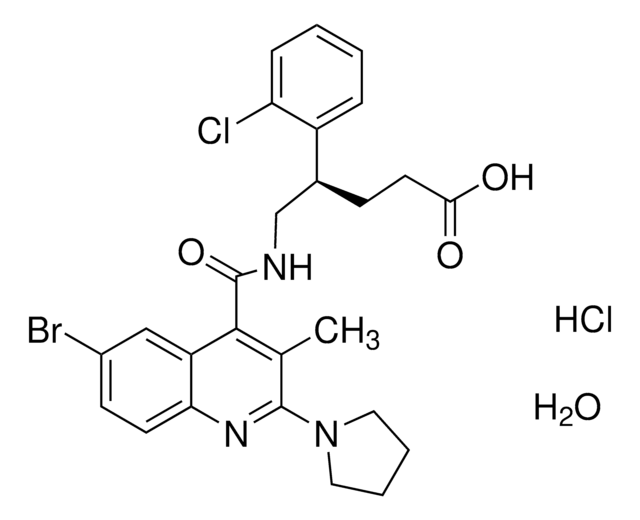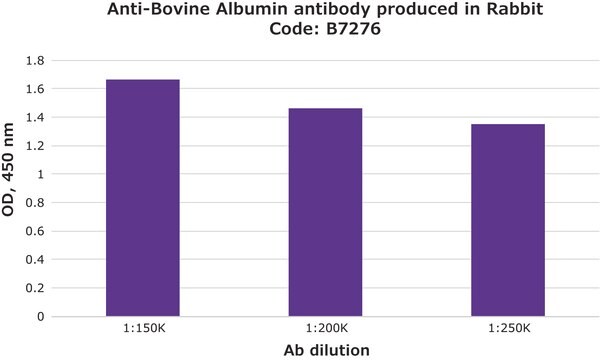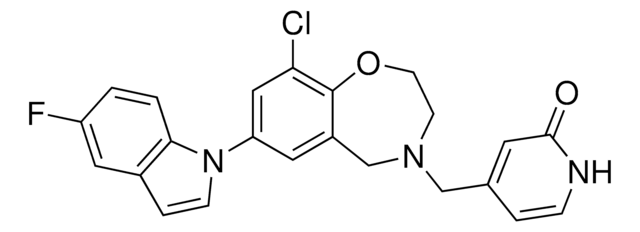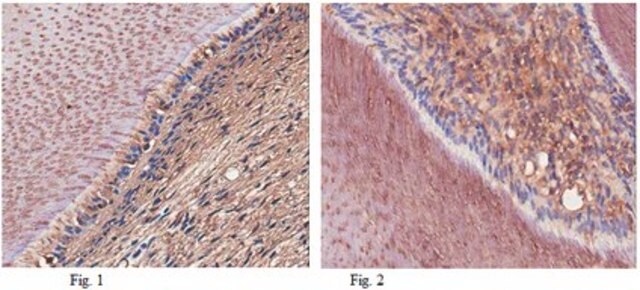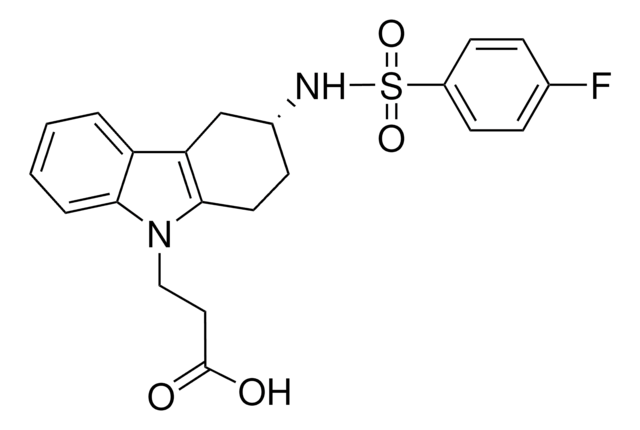SML2743
TM30089
≥98% (HPLC)
Synonyme(s) :
2-(3-(4-Fluoro-N-methylphenylsulfonamido)-3,4-dihydro-1H-carbazol-9(2H)-yl)acetic acid, 3-[[(4-Fluorophenyl)sulfonyl]methylamino]-1,2,3,4-tetrahydro-9H-carbazole-9-acetic acid, CAY 10471, CAY-10471, CAY10471, TM 30089, TM-30089, {3-[(4-Fluorobenzenesulfonyl)methylamino]-1,2,3,4-tetrahydrocarbazol-9-yl}acetic acid
About This Item
Produits recommandés
Niveau de qualité
Essai
≥98% (HPLC)
Forme
powder
Couleur
white to beige
Solubilité
DMSO: 2 mg/mL, clear
Température de stockage
−20°C
InChI
1S/C21H21FN2O4S/c1-23(29(27,28)16-9-6-14(22)7-10-16)15-8-11-20-18(12-15)17-4-2-3-5-19(17)24(20)13-21(25)26/h2-7,9-10,15H,8,11-13H2,1H3,(H,25,26)
Clé InChI
CANCTKXGRVNXFP-UHFFFAOYSA-N
Actions biochimiques/physiologiques
Mention d'avertissement
Warning
Mentions de danger
Conseils de prudence
Classification des risques
Aquatic Acute 1 - Aquatic Chronic 1 - Eye Irrit. 2 - Skin Irrit. 2 - Skin Sens. 1
Code de la classe de stockage
11 - Combustible Solids
Classe de danger pour l'eau (WGK)
WGK 3
Faites votre choix parmi les versions les plus récentes :
Certificats d'analyse (COA)
Désolés, nous n'avons pas de COA pour ce produit disponible en ligne pour le moment.
Si vous avez besoin d'assistance, veuillez contacter Service Clients
Déjà en possession de ce produit ?
Retrouvez la documentation relative aux produits que vous avez récemment achetés dans la Bibliothèque de documents.
Notre équipe de scientifiques dispose d'une expérience dans tous les secteurs de la recherche, notamment en sciences de la vie, science des matériaux, synthèse chimique, chromatographie, analyse et dans de nombreux autres domaines..
Contacter notre Service technique
